LAKE GARDA, Italy: 4 Things to Do at Italy’s Largest Lake
Posted by: kirsty_wilson in Europe, tags: Culture, Italy, Lakes, Outdoor ActivitiesWhere is Lake Garda?
 Lake Garda in Northern Italy is the largest lake in the country and one of the most popular. Its turquoise waters are ringed with mountains, beaches and ancient cobbled towns, lying halfway between Venice and Milan. The northern part of the lake is quiet and serene, while the southern section boasts a theme park and sandy beaches, so Lake Garda holidays offer something for every kind of traveller.
Lake Garda in Northern Italy is the largest lake in the country and one of the most popular. Its turquoise waters are ringed with mountains, beaches and ancient cobbled towns, lying halfway between Venice and Milan. The northern part of the lake is quiet and serene, while the southern section boasts a theme park and sandy beaches, so Lake Garda holidays offer something for every kind of traveller.
1. Explore ancient towns, castles, and hot springs.
Holiday resorts share waterfront with ancient towns all around Lake Garda. Start off with the picturesque cobblestone lanes of Sirmione, a fortified Roman spa town in the south. It is situated on a peninsula in the centre of the lake, offering unrivalled views and photo opportunities. After a morning visit to the healing sulphur springs, explore the 13th century Scaliger Castle and stop into the many restaurants and bars for a bite to eat. If you have more time, catch a ferry to explore the islands in the lake and spend a day at the popular Gardaland theme park as well.
2. Eat well.
The best part of holidays to Italy is surely the food and wine. The shores of Lake Garda are famous for their produce, particularly wine, olives and lemons. Catch a ferry to the colourful hillside resort of Limone, which is named for the yellow fruit. Stroll the waterfront promenade and stop into a café for a meal of fresh fish from the lake, or a hearty polenta dish cooked with local olive oil and a glass of Bardolino red wine which is grown in the area. Finish off with a tipple of limoncino for a totally local experience.
Lake Garda is a fantastic place to be active and get outside. The northern part of the lake is perfect for windsurfing and sailing due to the steady breeze coming out of the mountains, and there are many watersport centres that offer lessons and rentals. Explore miles of trails on foot or with a mountain bike, and you can even go rock climbing. For families, peddle boats are available to rent in marked areas with lifeguards.
4. Take in the view.
The best view of the area is from the village of Malcesine in the northern section of the lake. Take the cable car 1750 meters up Montebaldo, a peak in the Italian Alps, for stunning views of Lake Garda below and the Dolomites behind. After taking pictures drop into the mountain-top restaurant or rent a mountain bike to explore the area.
Map
TravelTipsPlus Google Map of Lake Garda
One Great Reason to Visit
One great reason to visit this travel destination is to find that Lake Garda offers something for every kind traveller!
Exploring Lake Garda
For More Information
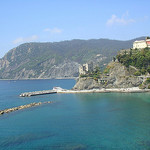

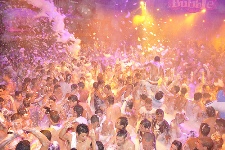 What do Kos, Faliraki and Malia all have in common? That’s right; they have for a number of years been the top places for young and lively crowds to head to for some fun in the sun. But what are they really like? Where is the best place to visit if you have to choose and which one is more suited to your needs?
What do Kos, Faliraki and Malia all have in common? That’s right; they have for a number of years been the top places for young and lively crowds to head to for some fun in the sun. But what are they really like? Where is the best place to visit if you have to choose and which one is more suited to your needs?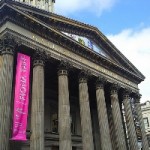
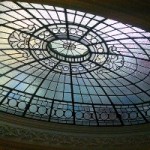
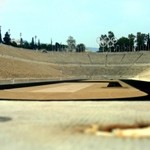

 Entries (RSS)
Entries (RSS)